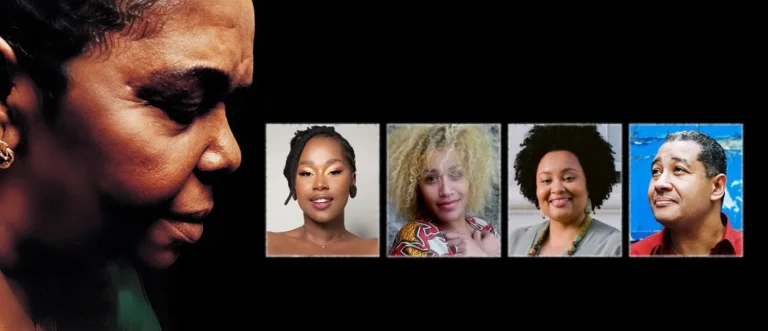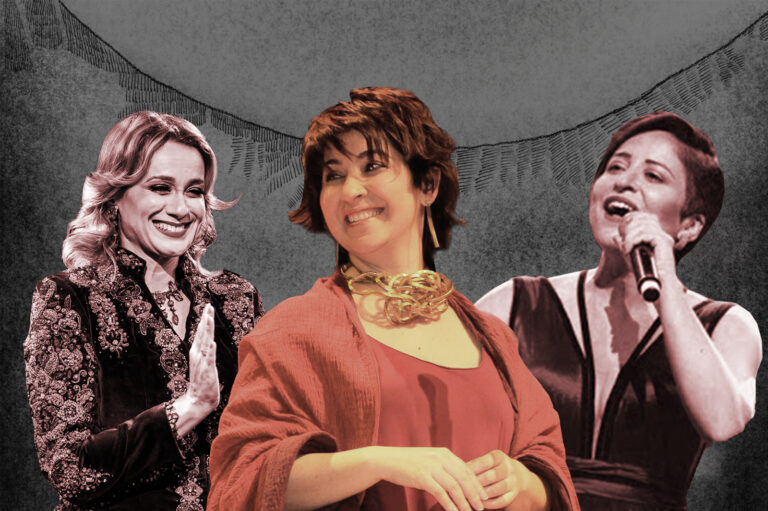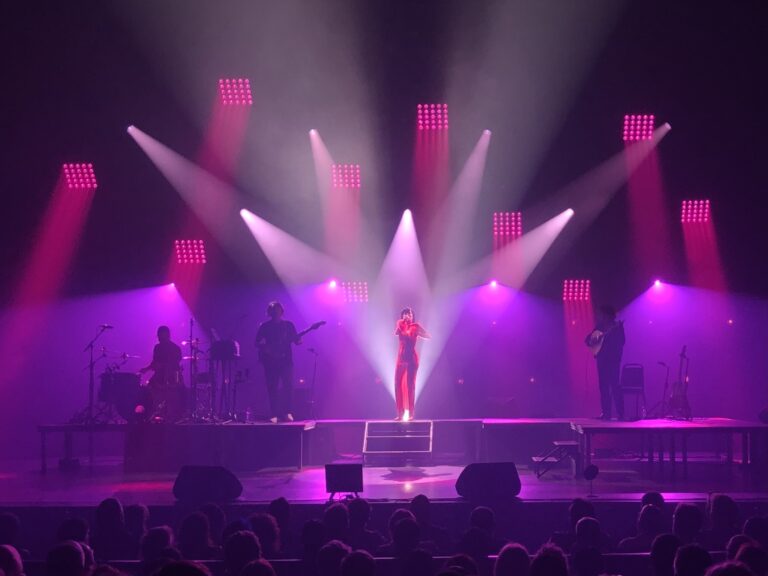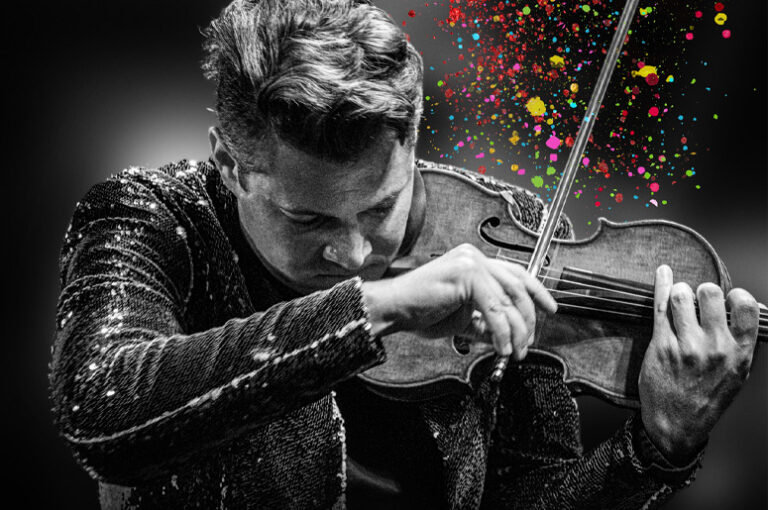Dweezil Zappa en supplémentaires à sa tournée Rox(Postroph)y qui célèbre deux des albums phares de son père Frank Zappa : Roxy & Elsewhere et Apostrophe. Pour commémorer le 50e annivershaire des deux albums, Dweezil a élaboré une liste de chansons les plus populaires, avec des arrangements hybrides uniques. Avec plus de deux heures de musique retraçant l’illustre carrière de Frank Zappa, incluant une performance surprise de Dweezil avec un instrument historique en main, ce spectacle promet d’être une expérience inoubliable.
Dweezil Zappa, in addition to his Rox(Postroph)y tour celebrating two of his father Frank Zappa’s landmark albums, Roxy & Elsewhere and Apostrophe, has created a setlist featuring the most popular songs from these albums, with unique hybrid arrangements. To commemorate the 50th anniversary of both albums, Dweezil will perform over two hours of music that traces Frank Zappa’s illustrious career, including a surprise performance with Dweezil playing a historic instrument. This show promises to be an unforgettable experience.
POUR ACHETER VOTRE BILLET, C’EST ICI!
Ce contenu provient de la Place des Arts et est adapté par PAN M 360











